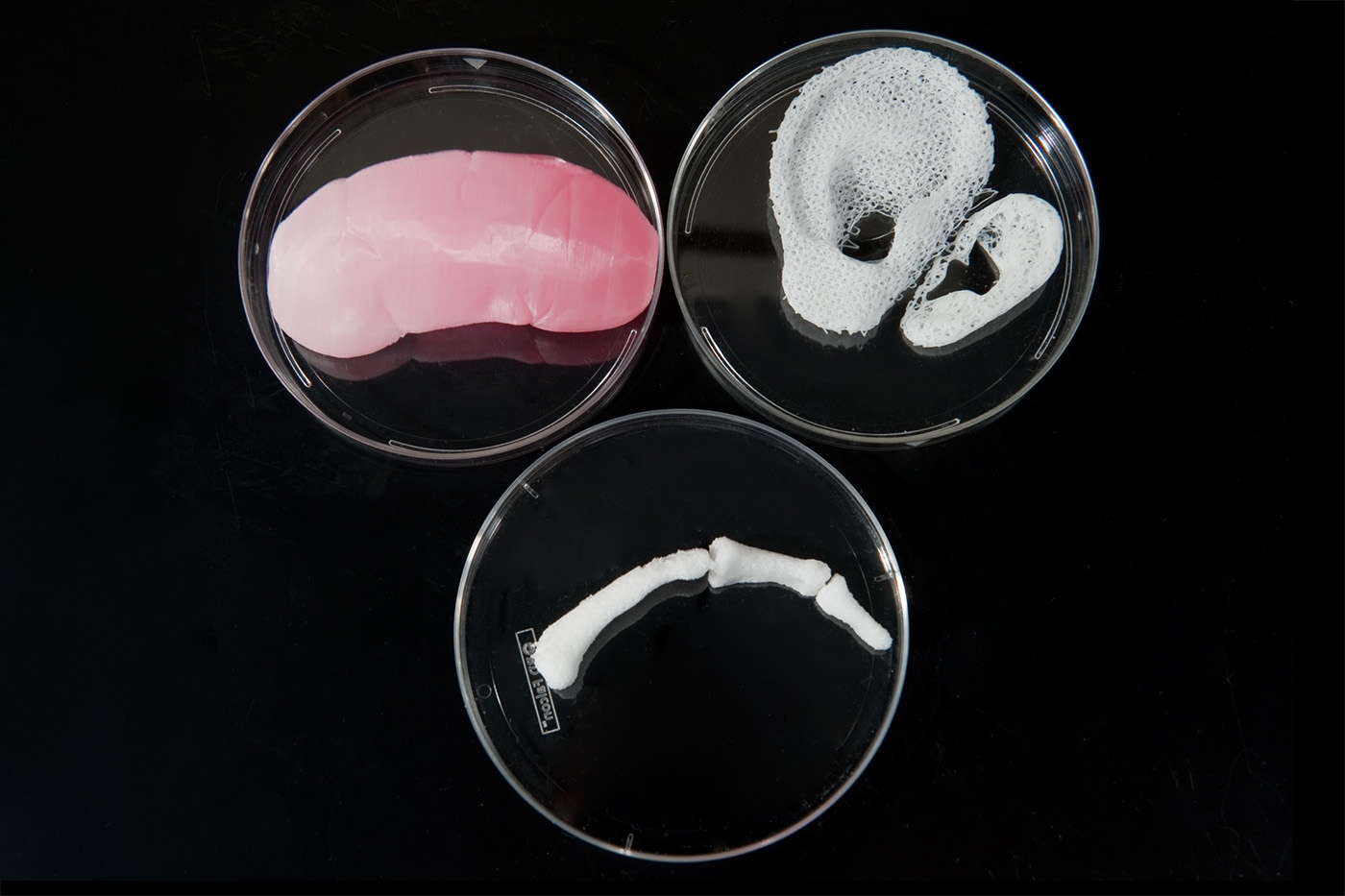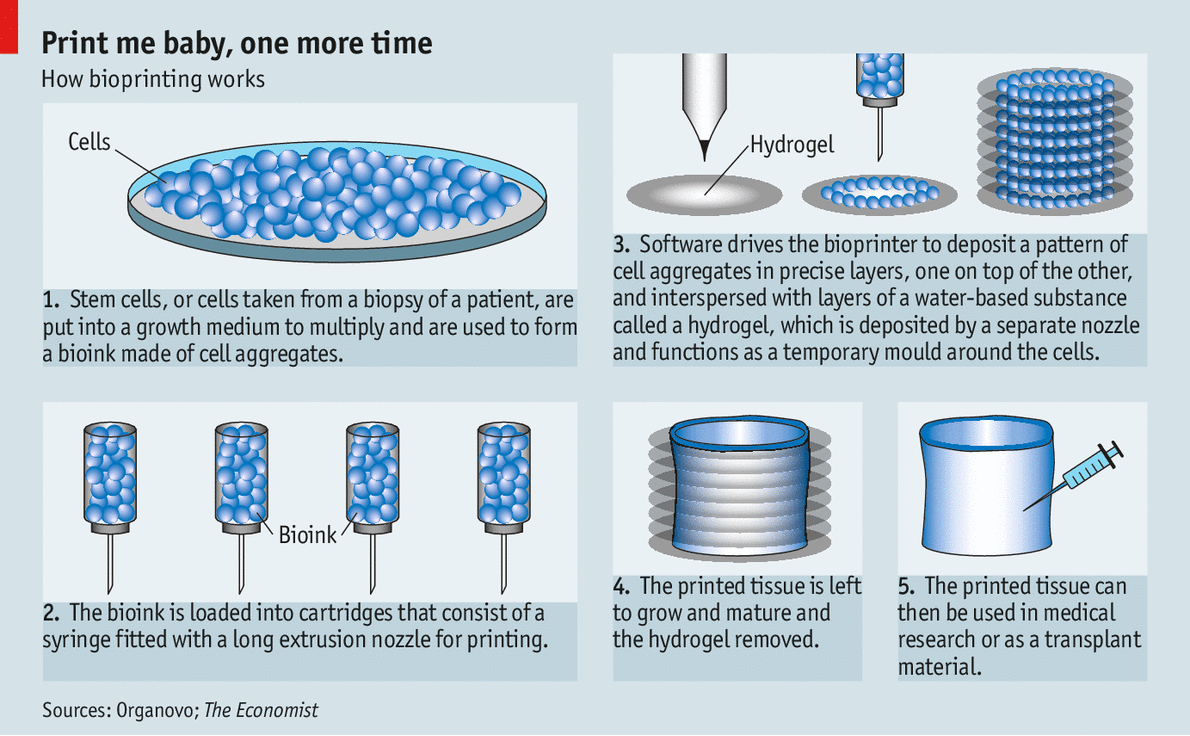




The scientists at the Wake Forest Baptist Medical Centre, in North Carolina, have created an innovative 3D printer that is capable of producing organs, tissues, and bones. The study, which was released on Monday by British scientific journal Nature, proves that replacing diseased organs, tissues and even bones with 3D-printed structures may soon become a possibility.

According to the renowned British journal, Nature, A bioprinter was used to make the ear, bone, and muscle structures out of plastic-like materials and living cells belonging either to humans, rabbits, rats, or mice. The cells survived the printing process. This is an achievement as has not been easy to accomplish in the past and the structures were stable enough to be successfully implanted in rodents, the researchers report. If the technology works in humans the way it has in animals, doctors may soon find themselves using bioprinters to produce replacement cartilage and bone for people who have been injured, using a patient's own cells.
The production of 3D-printed organs and tissues isn't new; scientists have been working on them for past few years, as the technique can be used for everything from testing an organ's response to a drug to replicating the shape of tissues that a patient has lost. That's why today's study is a step forward, says Ali Khademhosseini, a biomedical engineer at Harvard University who didn't work on the bioprinter. Researchers were able to show for the first time "that you can actually make functional, vascularized tissues in large enough structures that can be used for clinical applications," he says.

Although the new printed tissues are not yet ready to be used in human patients, experts assert that the first results of the study suggest that they have the size, strength and functionality suitable to be used in humans. The accuracy of this new 3D printer means that in the near future, it could perfectly replicate more complex tissues and organs of the human body. "This novel tissue and organ printer is an important advance in our quest to make replacement tissue for patients," said Anthony Atala, MD, director of the Wake Forest Institute for Regenerative Medicine (WFIRM) and senior author of the study.